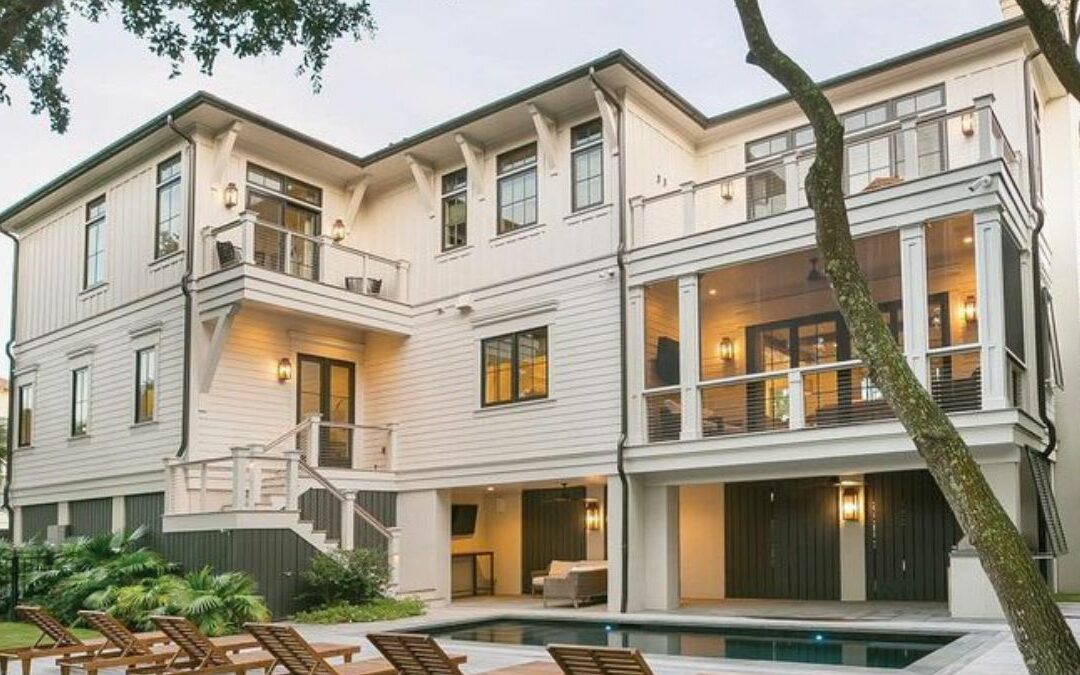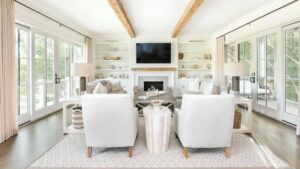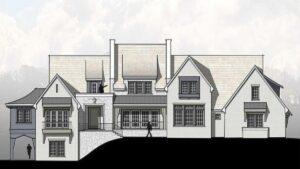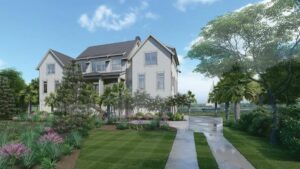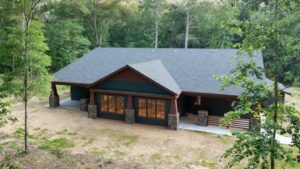In the world of design, the blending of architecture and gardening is a transformative approach that brings structures and nature together in harmony. This synergy involves creating a cohesive, integrated environment where each element enhances the other.
Harmonious Design Synergy
At the heart of this fusion is a holistic design approach. Architects and landscape designers collaborate from the outset, ensuring that the structures they create are in harmony with the natural environment. This results in a symbiotic relationship where buildings and gardens coexist, complement, and enhance each other.
Natural Extensions of Living Spaces
Gardens are natural extensions of architectural spaces. Imagine a rooftop garden that offers a serene escape in the midst of a bustling city or a courtyard garden that becomes the tranquil heart of a home. These outdoor extensions are integral parts of the design, blurring the lines between indoors and outdoors and enhancing the overall living experience.
The Convergence of Form and Function
In the intersection of architecture and gardening, the principles of form and function are paramount. Gardens elevate the aesthetic appeal of buildings and further serve practical purposes.
They:
- Provide shade
- Improve air quality
- Offer natural insulation
Thoughtfully designed gardens can soften the rigid structures of buildings, adding an organic touch to the architectural landscape.
Sustainability at the Core
Sustainability is increasingly a key factor in architectural and garden design. Eco-friendly features like green roofs, vertical gardens, and rainwater harvesting systems demonstrate how architects and landscape designers work together to create spaces that are not only beautiful but also environmentally conscious. This sustainable approach benefits not just the environment but also the well-being of those who inhabit these spaces.
Creating Therapeutic Environments
Another critical aspect of this collaboration is the creation of therapeutic environments. Integrating green spaces into architectural designs strives to enhance the mental and emotional well-being of occupants. From quiet Japanese gardens to expansive lawns, these natural elements offer a sanctuary for relaxation and tranquility.
Sculptural Landscapes as Art
Finally, gardens in this context are seen not just as spaces but as living sculptures. Architects often integrate sculptural landscapes into their designs, marrying hardscape elements with plants in a way that adds artistic expression to the space. These gardens range from modern, minimalist installations to classic, intricate topiaries, each adding a unique dimension to the architectural canvas.
Start Your Holistic Design Journey
If you’re starting on a new project, remember the importance of asking your architect the right questions. Vinyet Architecture, your expert architect in Charlotte, NC, is here to guide you. Let’s create spaces where architecture and nature coexist in harmony.

